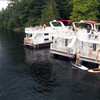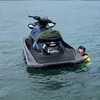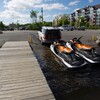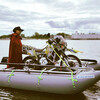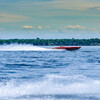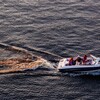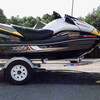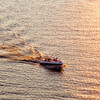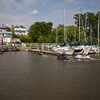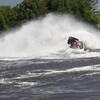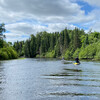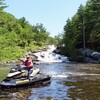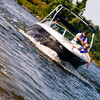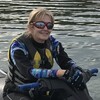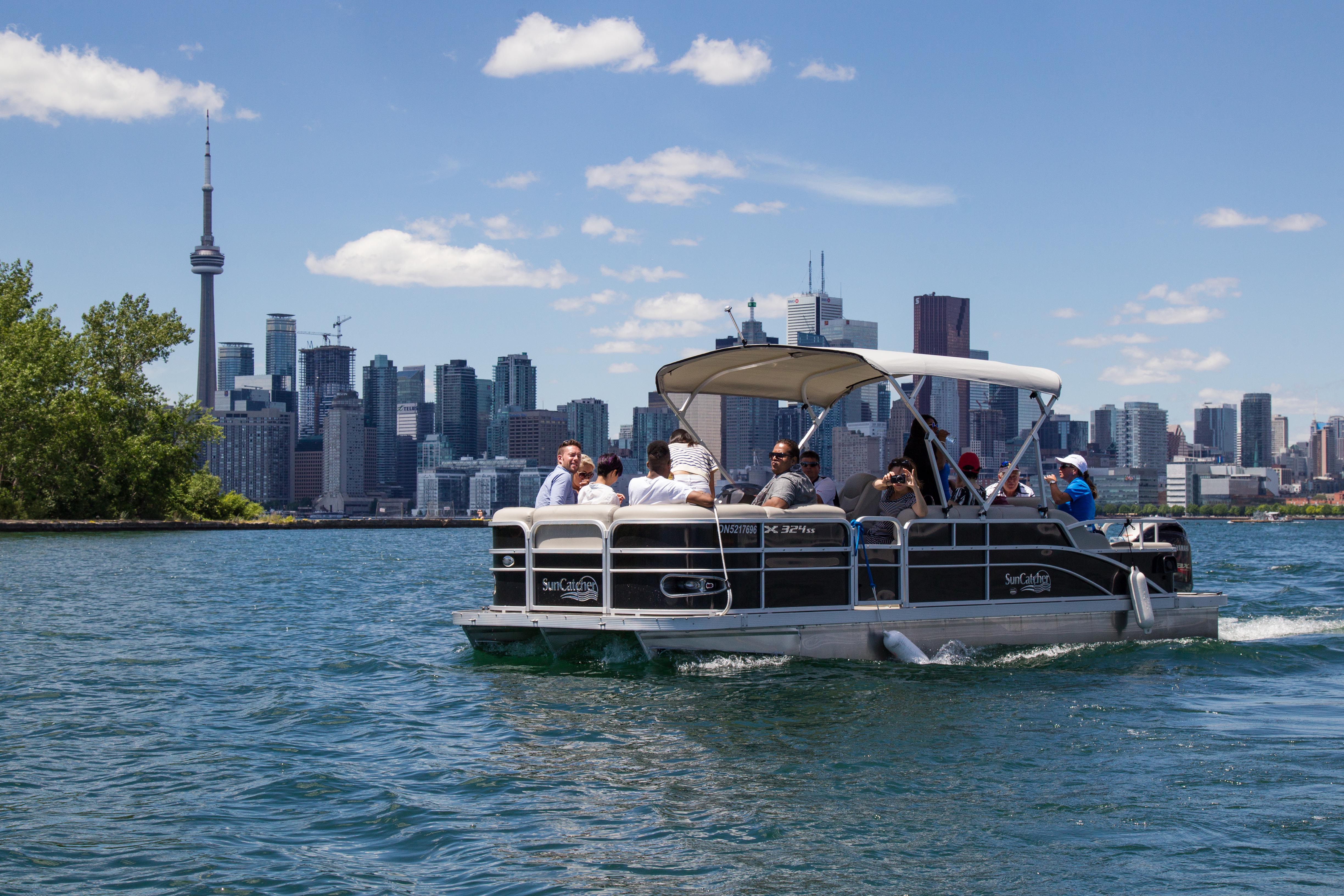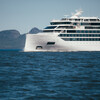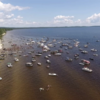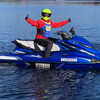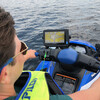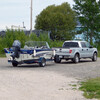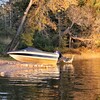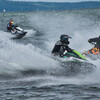
A Beginner's Guide to PWC Ownership
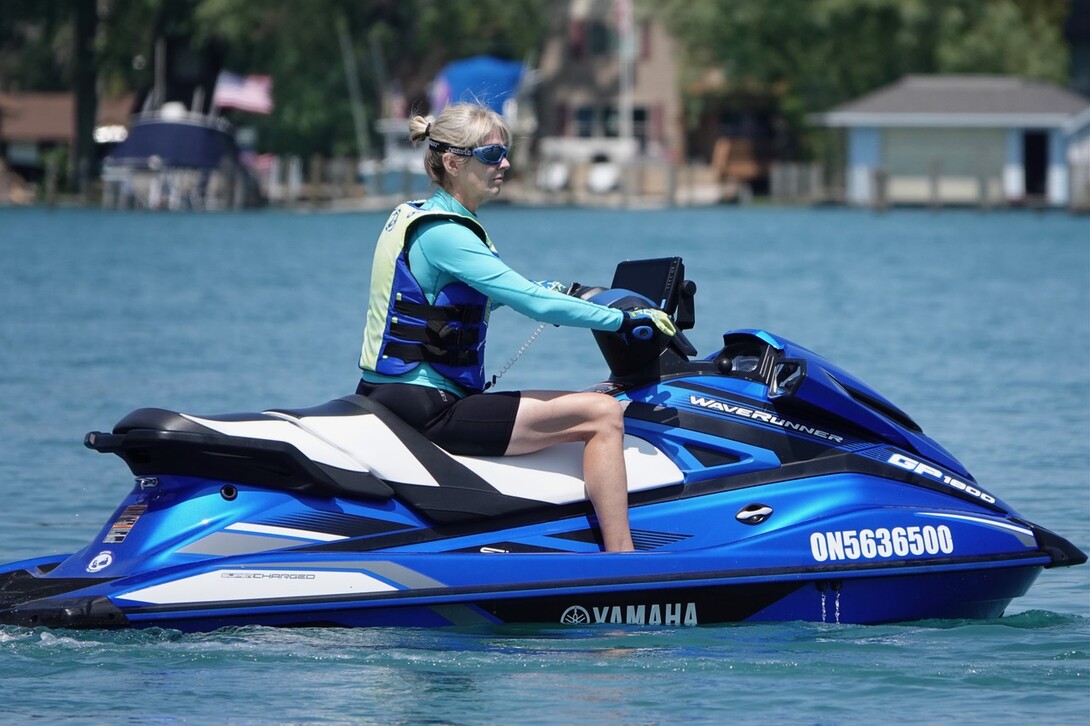
Congratulations. You’re a new PWC owner. That’s so exciting. Now you're wondering what you need to know so you can enjoy a fun and safe time on the water with your new PWC. Here's an outline of all the information a beginner rider needs to know. As you become more familiar with your machine and become a more experienced rider, this will all become second nature.
pass your boating exam
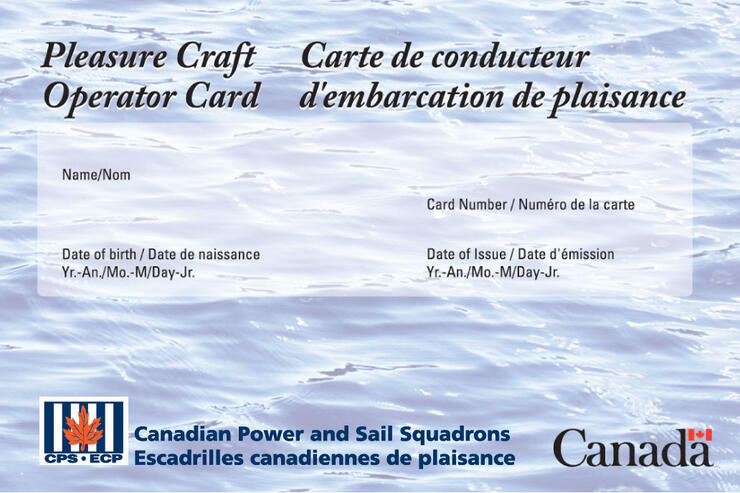
You’ve already passed your online boating exam and have your Operator Card so you understand the basic rules of the water. Let’s put that into practice with some recommendations for the new rider looking forward to a positive first-time experience.
Choosing gas for your PWC
We’ll start with what grade of gasoline your machine will require. Supercharged engines are typically rated for 91 octane (premium). Non-supercharged engines typically are happy with 87 octane (regular grade). This is important when refueling on the water. Check what octane grades are sold on your lake and what your owner’s manual specifies.
Safety first
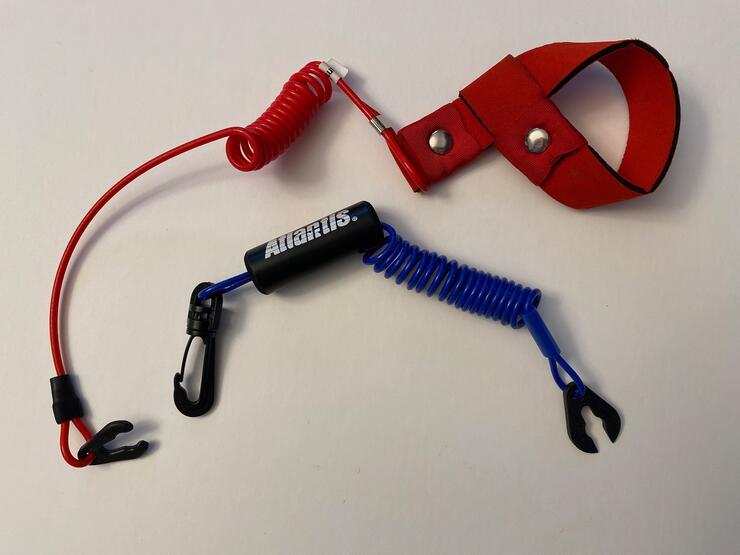
Your safety lanyard is essential for running your PWC. Without it, you’re going nowhere. The lanyard attaches to the start/stop switch on your PWC and the other end attaches to your person. If you fall off while riding, the lanyard disconnects and the engine stops running.
Your lanyard may come with a wrist strap and/or a plastic spring clip. Many use the wrist strap, but personally I find it gets in the way of operating my PWC. I’ve seen situations where the rider has fallen off the PWC and the lanyard has slipped off of their wrist and stayed plugged in so the machine motors away. I prefer to use the spring clip and clip it directly to a ring on my PFD. That way I always have it ready when I want to hit the water. My lanyard stays with my PFD, not with the machine.
familiarize yourself with your PWC
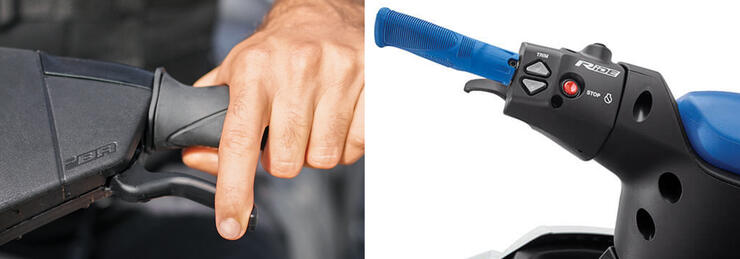
Familiarize yourself with how your PWC controls work. Modern Yamaha machines use the RiDE system (Reverse with Intuitive Deceleration Electronics). Seadoo uses a system known as iBR (Intelligent Brake and Reverse). These systems are designed to provide a better and more intuitive riding experience. Older models may have a mechanical lever on the side near the handlebars with forward and reverse positions. Very basic models will only have forward.
Know the capabilities of your PWC
Models with big engines have top speeds of about 110 km/h (68mph) on the larger stock machines such as the Yamaha SHVO or the Seadoo 300. Entry-level and smaller machines like the Yamaha EX and the Seadoo Spark will have lower top speeds. Riders can be fined for unsafe operation of a PWC so make sure you keep your machine under control at all times.
your first pwc ride
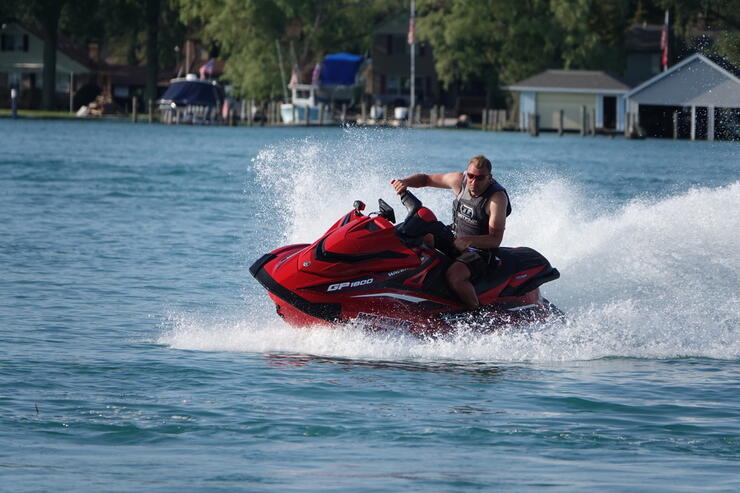
Ride to your skill level. As a new rider, there are skills that you are developing. This takes time and practice. As a new rider, you’ll want to practice your maneuvers to get comfortable with how your PWC handles. Here are a few key maneuvers to practice.
- Practice figure 8s to improve your turning.
- Do some donuts and play in the uneven wake you’re making.
- Practice stopping hard and maintaining control.
- If your PWC has RiDE or iBR, practice going in reverse. Learn how reverse interacts with the steering.
Do all of this, of course, far away from anyone else and away from shorelines. You don’t want to cause damage or a bad experience for someone. Some good places to practice are on small lakes or bays on a calm day. Don’t go too far out and take a buddy with you as a spotter.
A key tip for new riders
choosing a pfd

What personal equipment PWC equipment do you need? A personal flotation device, or PFD, is a must. The most secure and comfortable is a front closing 3 or 4 buckle vest. Many people like neoprene vests for comfort and style. There are also side entry vests and different grades from recreational to high-speed and professional-style vests. Your PFD should be Transport Canada approved and fit you snugly. Here’s Transport Canada’s guide to picking a PFD. If you end up in the water in a PFD that does not fit properly it could make swimming and reboarding of the PWC much more difficult.
dress for the occasion
Neoprene shorts, board shorts, or a wetsuit. It’s recommended that you wear more than just a swimsuit when riding your PWC. If you come off the PWC at speed, understand that hitting the water is going to hurt. A lot. It’s always best to put a layer of protection between you and the water to minimize any injury. Read the warning labels on your PWC.
EYE PROTECTION
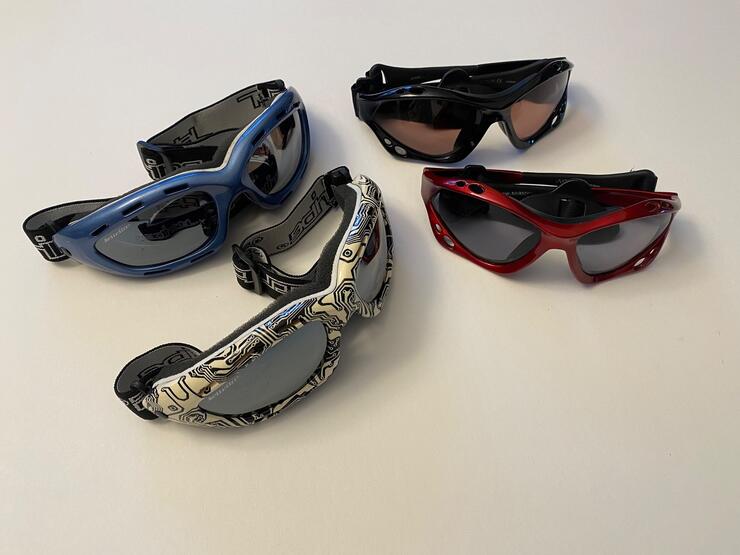
Strap on riding glasses, goggles, or even a full visor motocross helmet are excellent choices. Some glasses and goggles can be made to your eye prescription. Personally, I wear SeaSpecs and Jettribe eyewear. These are specifically made for water sports and PWC riding. And a tip to keep your goggles and glasses from fogging up. You can use a product called Goggle Bright for swim goggles, or as I’ve recently learned, a bit of baby shampoo rubbed on the lenses and rinsed off.
SUNSCREEN
Enjoying a beautiful day out on your PWC, it’s easy to forget that you’re out in the sun. Even on an overcast day, a high SPF sunscreen is essential. Start wearing it early in the season so that it will become part of your routine before heading out. A long-sleeved rash guard shirt also works well to keep the sun off your arms. And don’t forget your high SPF lip balm or wear a neck gaiter. Sun and wind-burned lips are extremely painful.
APPROPRIATE FOOTWEAR
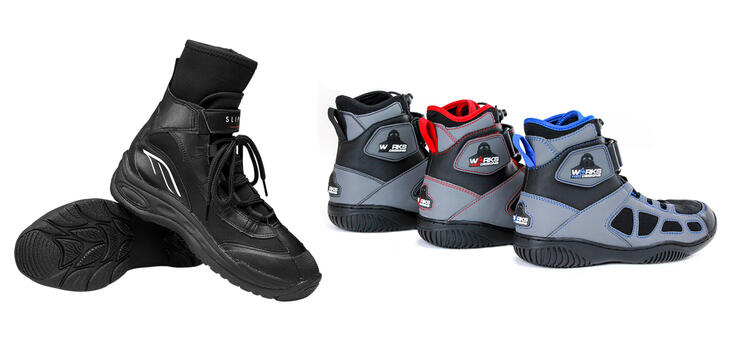
Good sturdy footwear. You will be getting off and on your PWC at various times on your ride. Good footwear will protect your feet from rocky and sharp shorelines and splinters on wooden docks. You’ll want something with a good rubber sole for grip on your PWC to keep you stable as you ride. A couple of good choices are PWC-specific footwear such as Slippery Racing Shoes or Works H2ODesigns. Regular water shoes from a water sports store or Walmart are a good choice. Running shoes will also work. Having a rubber sole is important for good traction on your PWC.
GET A GRIP
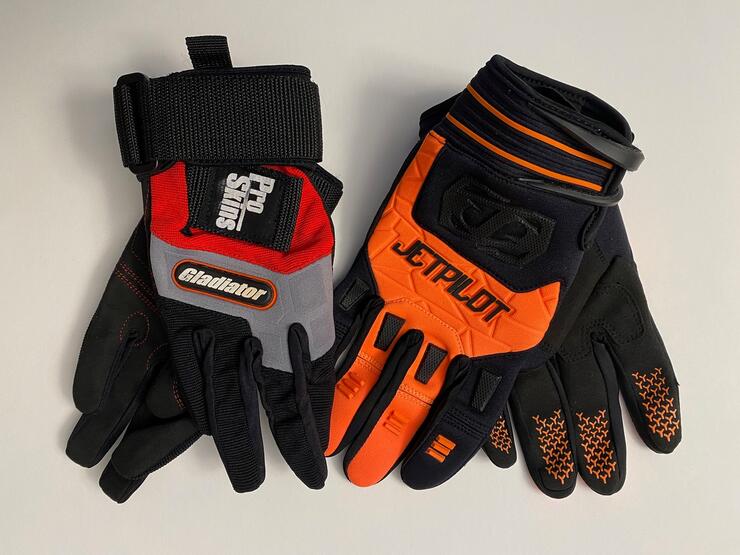
For many people a good pair of riding gloves makes sense. They create a solid grip on the handlebars and protect the back of your hands from the sun. Depending on the thickness, gloves will keep your hands warmer on cool riding days. There are a few brands that make PWC riding gloves such as JetPilot, Gladiator, and JetTribe.
And of course, don’t forget to have your basic equipment on board as required by law. Add a selection of other items that would make your day on the water an even better experience, check out this complete packing guide for your PWC.
enjoy riding your new pwc
Now you’re ready to go out and have fun. Keep developing your riding skills and become an expert and responsible rider. It makes the PWC experience so much more fun. If you're looking for inspiration on where to ride, check out these 5 amazing places to tour with your PWC in Ontario.
further reading
Download Transport Canada’s Safe Boating Guide.
Recommended Articles
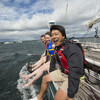
6 Ways to Explore the Great Lakes by Boat or Cruise

Discover Northern Ontario's Top Boat Tours
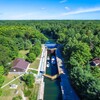
A Guide to Boating the Trent Severn Waterway in Ontario 2025

Boating Events in Ontario: A Complete Guide to Summer 2025
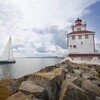
19 Charming Lighthouses to Visit in Northern Ontario
I Boated the Trent Severn Waterway and Here's What It Was Like
I Sailed the New Viking Octantis and Here's What It Was Like
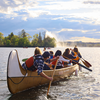
Canadian Canoe Museum
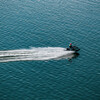
14 PWC Itineraries and Tips for Riding in Ontario
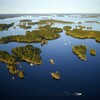
A Thousand Adventures: Boating the 1000 Islands in Ontario
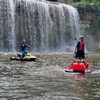
Road Tripping with your PWC
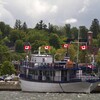
Boat Tours and Cruises in Ontario
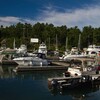
A Guide to Ontario's Marinas

5 Baller Boating Destinations in Ontario
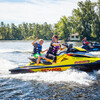
Amazing PWC Getaway
